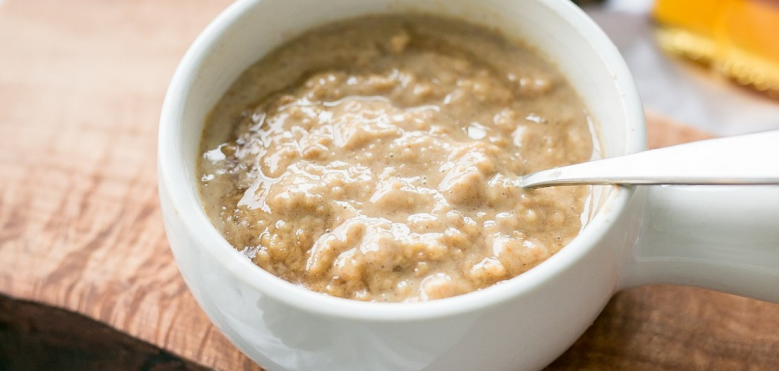
The health benefits of spelt — a forgotten grain
When we think of grains with regards to our health and well-being, we tend to focus on the same ones, so this week I wanted to discuss the health benefits of using an alternative grain such as spelt in your diet and how this can support your health and the various products that you can find in the grocery store. Spelt is an ancient grain that has been cultivated for thousands of years and is used widely across Northern Europe. It was first introduced to North America in the late 1890s, however, it is now seeing a comeback as people start looking for healthier options.
We now realise that this ancient grain carries many health benefits that will be discussed. Spelt is very high in fiber, more so than wheat1 and we know that foods that are high in fiber can help reduce the cholesterol levels in your diet by soaking it up on its journey through the intestinal system. The roughage provided by the fiber will also support your digestive system by essentially ‘mopping’ up any debris, such as the bad bacteria in your gut, preventing them from multiplying and wreaking havoc. Having enough roughage in our diet is very important in the prevention of diseases such as diverticulitis and bowel disease. The high fiber content is also known to help reduce blood pressure levels. Spelt is also a good source of protein, therefore this helps to keep you feeling fuller for longer, it will also support stable blood sugar levels, so reducing the sugar cravings. So, for anyone who is prediabetic or diabetic, spelt is a grain that can help you manage your blood sugar levels.
For people who are looking to maintain or improve their bone health, spelt will provide you with a good source of phosphorus which combined with calcium are key nutrients for healthy bones and teeth. Zinc is a nutrient that the body cannot make, so we must get enough of it through our diet. Spelt has a high content of zinc, which is known to improve and support our immune system, not only that but zinc, is also important in wound healing and it also affects our digestive system by ensuring our metabolism runs smoothly. It is also high magnesium which is the nutrient which helps to lower blood pressure and improve our overall heart health.
Spelt like wheat is a grain however the processing is harder due to its tough outer husk. Once it is processed into flour, spelt can generally be used in the same way as whole wheat flour. As it is more water-soluble than whole wheat, you may find that you will need less liquids when baking or cooking with spelt. This is also one of the factors which make spelt more easily digested than whole wheat and some people find that by swapping whole wheat for spelt, they no longer feel that bloated sensation when eating spelt products, such as bread and pasta.
When looking for spelt, buy the whole spelt flour or grain so that you will get all the benefits it offers. As with traditional flour, it is important to store it in an airtight container in a cupboard. As spelt contains only moderate amounts of gluten and is more easily digested, this could be a great option for those that are gluten intolerant. When baking and cooking with spelt, as it is more water-soluble you may find that slight less fluids are required that when baking with traditional wheat. It is also slightly delicate than wheat and so will not require the same amount of kneading.

You can find a variety of spelt pasta in most grocery stores, which are a great option. As we still enjoy eating bread, I buy organic spelt bread from the Pure Bread Bakery here in Ottawa. Most health stores will also sell the grains which can be added to soups and stews, giving them a slightly nutty flavour. This simple porridge recipe with spelt is great for a quick morning breakfast to warm you up before heading out in the cold.
Send your nutrition questions to susan@susanalsembach.com
1) Journal of Agricultural and Food chemistry – pubmed.ncbi.nlm.nih.gov/15796621/
Photo: iStock









